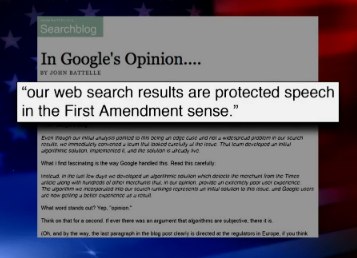SEO-
Search engine optimization utilizes numerous practices to increase traffic to a particular website or page. However, the best approaches to this are holistic in that they not only increase website traffic; they also increase the quality of that traffic. Quality website traffic is traffic that converts- meaning customers that actually make a purchase, engage a service, sign up for a newsletter, provide their email address, or otherwise become a lead or an actual sale.
SEO seeks to gain this increase in quantity and quality of website traffic by strategically creating and placing keyword optimized content in locations that will generate publicity through organic search results. Organic search results consist of the information returned after a consumer has entered a search term in a search engine such as
Yahoo, Bing, or Google. These results are driven by the SEO web content that you post on the internet. Search engine "bots" or "spiders" will index the information on your pages and use that to determine where you will show up when a customer searches for terms related to your business.
SEM-
Search engine marketing is online marketing for businesses and individuals. The principal goal of this type of internet marketing is to improve a website's visibility on the search results pages of various search engines. This is accomplished using a combination of SEO strategies and paid advertising. SEM efforts can be found on the first page of listings returned after a search. The results bars across the top and sides of a search engine result page are usually paid advertising or paid inclusion in the listing. Utilizing SEO in addition to paid advertising allows a business to dominate both the organic and paid results sections of a search engine results page or SERP.
SMO-
Social media optimization is a relative newcomer to internet marketing, rising in use in direct correlation to this rise in popularity of social media sites. SMO consists of creating and managing profiles on social media sites and networks in order to create awareness of a brand or service. This is done by attracting others to associate with the profile by creating updates, using social bookmarking, and video and picture sharing.
SMM-
Social media marketing is similar to
SMO, but goes deeper in the level of social interactions by blogging, taking part in online forums or chat rooms, and through paid social advertising and search. Essentially,
SMM takes
SMO viral.
It's obvious that
SEO and
SEM are a related pair, and SMO
and SMM are another related pair. However, utilizing all four of these practices individually actually serves to better your internet marketing strategies overall. For instance, when an SMM
business blog creates links, it helps with an
SEO campaign. Additionally, posting articles as part of an SEO campaign can boost
SMO
results if social bookmarking is used. But while all of these marketing techniques might be unique, there is one central difference between the two that can best summarize the goal of all of these acronyms:
SEO and
SEM work to attract the attention of the search engines.
SMO and
SMM work to attract the attention of people.
When looked at in this manner, it's easy to see that these are two very distinct approaches that must be managed jointly in order to achieve the most success possible with an internet marketing plan that includes
SEO, SEM, SMO and SMM.













 Google is soon to launch new video search ads in a hope to increase the user experience of its search engine. Through this new feature, the ads on Google search will be shown as small thumbnails with a play button. Upon clicking the thumbnail, the video ad will expand into a larger player to cover the entire Google search page.
Google is soon to launch new video search ads in a hope to increase the user experience of its search engine. Through this new feature, the ads on Google search will be shown as small thumbnails with a play button. Upon clicking the thumbnail, the video ad will expand into a larger player to cover the entire Google search page.












